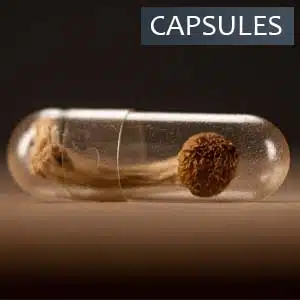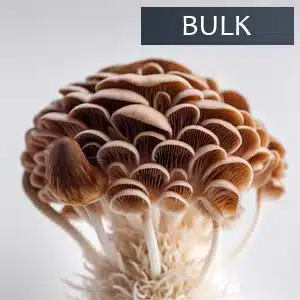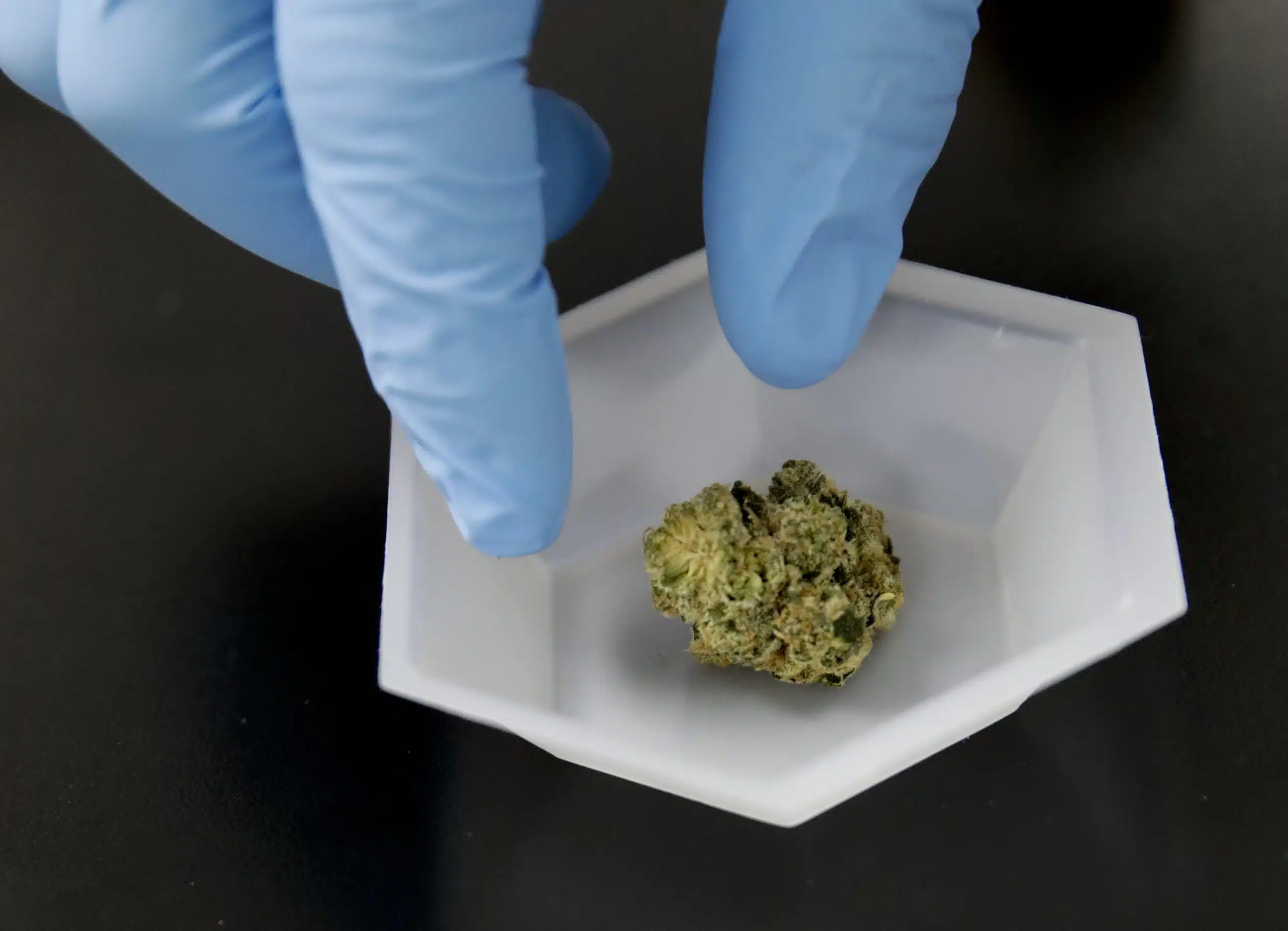How To Test Weed For Potency & Purity: A Comprehensive Guide
Are you a cannabis enthusiast who wants to ensure that the weed you consume is of the highest quality? Testing your weed for potency and purity is an essential step in ensuring that you get the most out of your cannabis experience. In this guide, we’ll cover everything you need to know about testing weed for potency and purity, including the different types of tests used in the cannabis industry, how to interpret test results, and the importance of testing for safety and legality.
The Importance of Testing Cannabis for Potency and Purity
Testing cannabis for potency and purity is crucial for several reasons. First and foremost, it ensures that you know exactly what you’re consuming. By testing your weed, you can determine the levels of THC and CBD, as well as other cannabinoids and terpenes, which can affect the overall effects of the strain. Additionally, testing for purity can help you identify any contaminants or harmful substances that may be present in the weed, such as pesticides, heavy metals, or residual solvents.
Different Types of Tests Used in the Cannabis Industry
There are several different types of tests used in the cannabis industry to determine the potency and purity of weed. These include:
-
High-performance liquid chromatography (HPLC): This is the most common method used to test cannabis potency. It involves separating the different compounds in the weed using a liquid solvent and measuring the concentration of each compound.
-
Gas chromatography (GC): This method is similar to HPLC but uses a gas solvent instead of a liquid solvent.
-
Mass spectrometry (MS): This method is used to identify the different compounds in the weed by measuring their molecular weight.
-
Thin-layer chromatography (TLC): This method is used to separate the different compounds in the weed using a thin layer of silica gel.
How to Properly Prepare Samples for Testing
Before you can test your weed for potency and purity, you need to properly prepare the samples. This involves grinding the weed into a fine powder and homogenizing it to ensure that the sample is representative of the entire batch. It’s also important to store the samples properly to prevent degradation or contamination.
Understanding the Results of a Cannabis Potency Test
Once you’ve tested your weed for potency, you’ll receive a report that shows the levels of THC, CBD, and other cannabinoids present in the sample. It’s important to understand how to interpret these results to determine the overall potency of the strain. For example, a strain with a high THC content may be more potent than a strain with a lower THC content, but it may also have different effects due to the presence of other cannabinoids and terpenes.
The Role of Terpenes in Cannabis Testing
Terpenes are aromatic compounds found in cannabis that can affect the overall flavor and effects of the strain. While they’re not typically included in potency tests, some labs offer terpene testing as an additional service. This can help you better understand the flavor and effects of the strain and choose the right strain for your needs.
The Benefits of Testing Cannabis for Medical Patients
For medical cannabis patients, testing weed for potency and purity is especially important. It ensures that the strain is safe and effective for treating their specific condition and helps them determine the appropriate dosage. Additionally, testing can help medical patients identify strains that are high in specific cannabinoids, such as CBD, which may be more effective for their needs.
How to Interpret a Certificate of Analysis (COA)
A certificate of analysis (COA) is a document that shows the results of a cannabis potency and purity test. It’s important to understand how to interpret a COA to ensure that you’re getting the most accurate information about the strain. A COA should include information about the lab that performed the test, the date of the test, and the levels of THC, CBD, and other cannabinoids present in the sample.
The Impact of Testing on the Cannabis Market
Testing has had a significant impact on the cannabis market, both in terms of consumer safety and industry regulation. By ensuring that weed is safe and accurately labeled, testing has helped to build consumer trust and confidence in the industry. Additionally, testing has helped to establish industry standards and regulations, which have helped to promote responsible and ethical practices.
The Role of Third-Party Testing Labs in the Cannabis Industry
Third-party testing labs play a crucial role in the cannabis industry by providing unbiased and accurate testing services. By using a third-party lab, cannabis companies can ensure that their products are tested by an independent and reputable source, which helps to build consumer trust and confidence.
The Challenges of Testing Edibles and Infused Products
Testing edibles and infused products can be more challenging than testing flower, as the cannabinoids are often distributed unevenly throughout the product. Additionally, the process of extracting cannabinoids from the plant material can introduce contaminants or alter the potency of the product. As a result, it’s important to use specialized testing methods and equipment to ensure accurate results.
The Impact of Testing on Cannabis Research
Testing has also had a significant impact on cannabis research, as it has helped to establish a more accurate understanding of the plant’s effects and potential benefits. By providing accurate information about the potency and purity of different strains, testing has helped researchers identify which strains may be most effective for treating specific conditions.
The Importance of Testing for Pesticides and Contaminants
Testing for pesticides and contaminants is crucial for ensuring that weed is safe for consumption. Pesticides and other contaminants can be harmful to human health, and can also affect the overall quality and potency of the strain. By testing for these substances, you can ensure that you’re consuming safe and high-quality weed.
The Impact of Testing on Cannabis Quality Control
Testing has also had a significant impact on cannabis quality control, as it has helped to establish industry standards and regulations for ensuring that weed is safe and accurately labeled. By implementing quality control measures, cannabis companies can ensure that their products are consistent and of the highest quality.
The Role of Genetics in Cannabis Testing
Genetics plays a crucial role in cannabis testing, as it can affect the overall potency and effects of the strain. By understanding the genetics of different strains, cannabis companies can better predict the potency and effects of the strain, and ensure that it’s accurately labeled.
The Impact of Testing on Cannabis Breeding and Cultivation
Testing has also had a significant impact on cannabis breeding and cultivation, as it has helped to identify the most potent and effective strains for different purposes. By testing different strains, breeders and cultivators can identify which strains are best suited for specific conditions and uses, and work to develop new and improved strains.
Conclusion
If you are interested in buying weed online and THC products, check out Ganja West online weed dispensary and shop for your weed online and cannabis products at ganjawest.co!


















